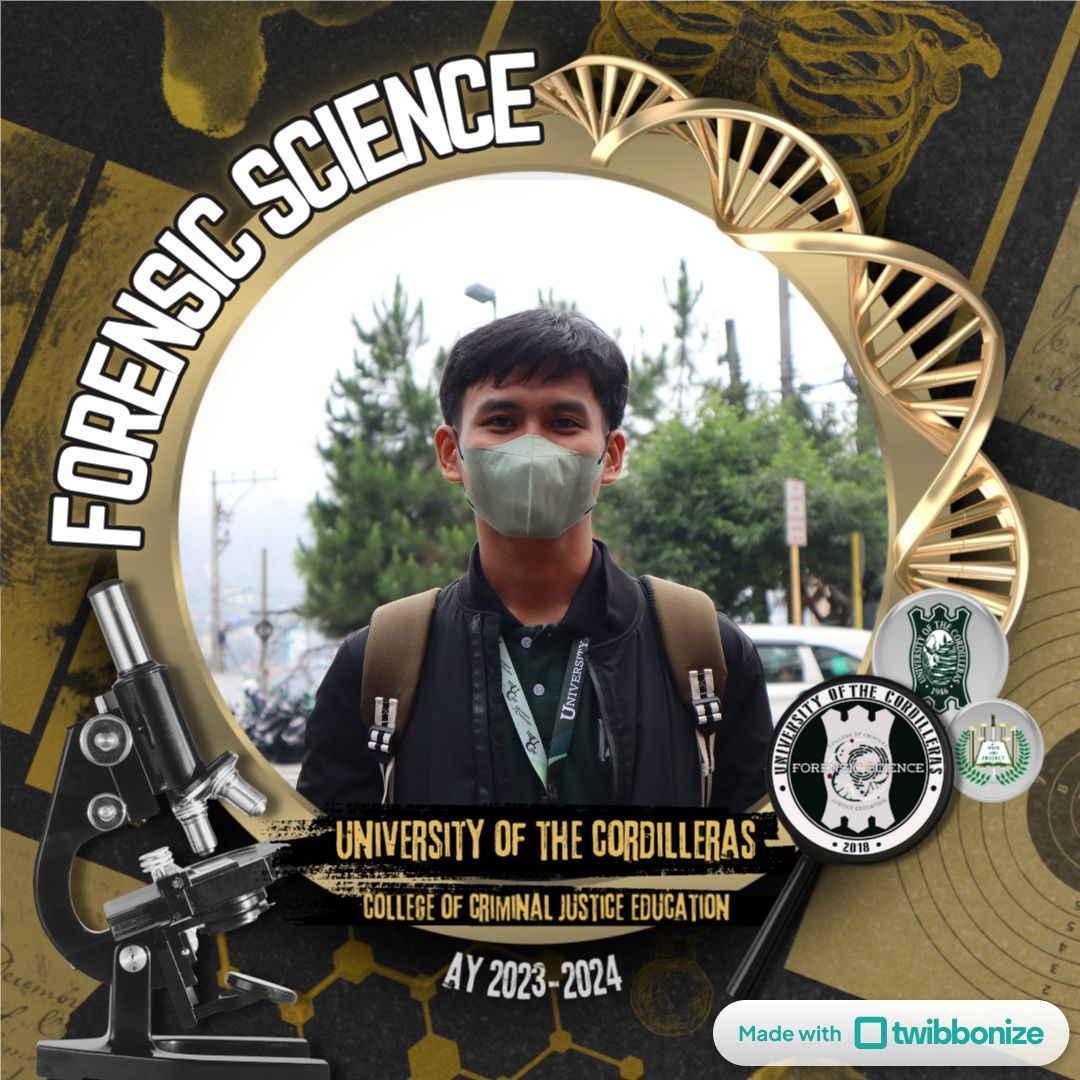MODULE 7 | Questioned Documents
Cards (6)
- any handwritten/typewritten document having a questionable authenticity and subjected to a forensic document examination
- any piece of evidence that bears symbols, marks, or signs meant for a communication
- QDE method which helps in determining any ink differentiations or indented impressions on the documentary evidence
